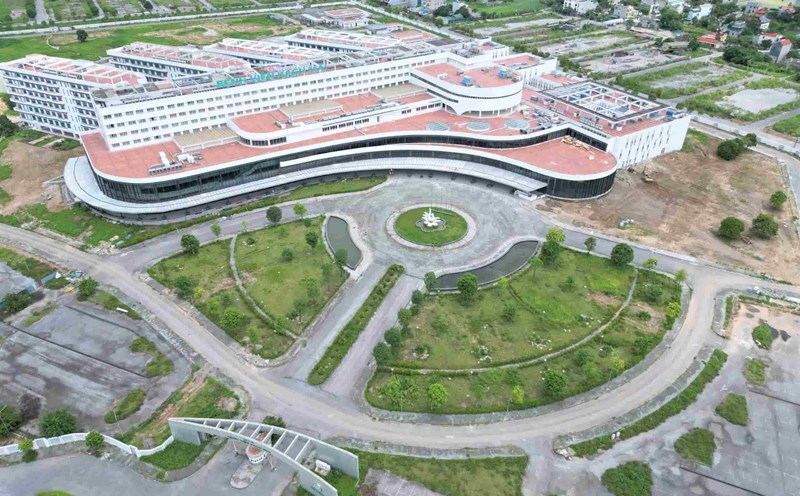On October 13, the People's Committee of Khanh Hoa province issued a document responding to the opinions and recommendations of voters in the province after the 9th Session of the 15th National Assembly.
In response to voters' proposal to restore the Phan Rang - Da Lat saw-tooth railway line, the Provincial People's Committee said that this is a project of special historical, economic and tourism significance, and is being studied by central agencies.
The Thap Cham - Da Lat railway restoration project has a total length of about 83.5km, of which the section passing through Khanh Hoa province (formerly Ninh Thuan province) is about 49km long, expected to restore 16 stations and passenger stations.
In 2023, the Vietnam Railway Authority submitted to the Ministry of Construction for appraisal and approval of the project investment policy under the public-private partnership (PPP) method, with a total investment of about VND 24,902 billion.
Khanh Hoa Provincial People's Committee said that in the coming time, it will continue to coordinate with the Ministry of Construction and the Vietnam Railway Authority to advise, propose, complete procedures and implement the project, thereby contributing to promoting trade, expanding regional linkages and developing tourism.
Previously, the People's Committee of the old Ninh Thuan province also proposed to restore this railway line according to the railway network planning for the period 2021 - 2030, with a vision to 2050 approved by the Prime Minister.
According to the plan, by 2030, the Thap Cham - Da Lat route will be restored, recreating the uniqueness of one of the rare saw-tooth railway lines in the world.
The Thap Cham - Da Lat tooth-and-oth-soot railway line was started in 190 and completed in 1932, with a length of about 84km, including 16km of tooth-and-oth-oth railway to help ships overcome the rugged mountain slope from the old Ninh Thuan plateau to the Da Lat plateau.
This is one of the first two tooth-and-turn mountain railway lines in the world.
Since 1968, due to the fierce war, the railway line has been forced to stop operation due to unsafety.
After 1975, most of the railway and railing were dismantled, leaving only the 6.7km Trai Mat - Da Lat section exploited for tourism.
Currently, along the old railway line, there are still some traces of deterioration such as Eo Gio station and tunnel tunnel passing through the mountain - reminiscent of the "legendary railway" that once connected the sea and plateau, imbued with unique historical and tourism values.









